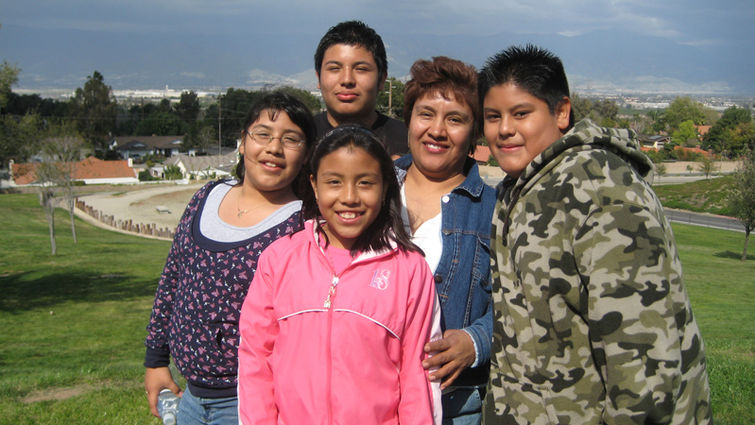
In 2014, the Institute for Community Partnership’s (ICP) Academic Service Learning Committee (ASLC) began accepting syllabi from Loma Linda University in order to review and officially designate existing courses as “service learning (SL) courses.” To qualify for the designation, a course must meet four requirements: 1.) The course requires students to engage with the community 2.) The service learning components have a clear connection with the course objectives 3.) The service learning students and faculty collaborate with the community. There is a sense of reciprocity where both students and the community benefit 4.) The course provides the means for structured critical reflection.
In the field of community engaged scholarship, these are the nationally vetted SL requirements. Some of these requirements may vary, but essentially, they all are analogous.
At the time the ASLC began accepting these syllabi from Loma Linda University’s eight schools, the group also drafted a definition for Loma Linda University’s service learning in 2014, whereby: “Service learning is a structured learning experience that combines community engagement with academic preparation, reflection and ongoing assessment.”
Loma Linda University Health has great history of service. It is not uncommon for some students to graduate with hundreds of service hours. Service learning is different than volunteering based on its definition, however. Service learning combines academics and service with the intent of producing community engaged professionals long after students graduate from their programs. Service learning complements and enhances volunteering. It does not replace it.
The ASLC has officially designated 32 courses as service learning within 16 programs. Dr. Carter, the university’s provost has set a goal of having one required SL course offered within each program, so that each student will have completed a SL course prior to graduating. At Loma Linda University, each of the eight professional schools approaches SL differently. Some required courses already integrated working in the community as part of the curriculum, and were interested in obtaining the SL designation. Other year-long succession courses designated three courses for performing community engaged scholarship. Still others look at clinical activities done in the community and modify some assignments that award them the SL designation.
Some specific examples of these courses can be found in the School of Public Health, where community health disparities are addressed by working with non-profit organizations in the areas of education, nutrition, community development, or access to quality healthcare. The Social Work program at Loma Linda University School of Behavioral Health is a good fit for SL as well, where students work in the community with government child welfare programs and public schools when given roles as case counselors or foster-care workers.
Other examples are courses that utilize the Loma Linda University Health (LLUH) Institute for Community Partnerships’ CAPS office, to facilitate student service learning with existing service sites. In the CAPS example, the service sites may not provide clinical rotations, but instead will offer student engagement opportunities in the community to understand the context, future patients’ access to healthcare experiences, and communication with a population that is different than their own. As such, many activities involve tutoring, music lessons, soccer leagues, etc. These courses address many of the soft skills employers require: communication, organization, collaboration, community engagement, working with diverse populations, etc.
Nationally, SL students are champions in tackling some of society's most pressing issues, all while working on a degree in higher education. Through this rich experience, students are able to learn directly about “real-world” problems that affect the populations they will someday serve as professionals.. Service learning often stimulates peer learning and enhances classroom discussion, since participating students are experiencing similar yet different things within the community. The classroom then becomes a place for reflection, learning what could be done differently, or the same only better, and a sharing of best practices. Often SL stretches students to critically evaluate their biases and expectations of the community.
Currently, Loma Linda University has twenty SL faculty scholars; a number that is growing with the anticipation that many more programs will identify courses for the SL designation process.
Loma Linda University Health’s mission "Continuing the teaching and healing ministry of Jesus Christ,” is made tangible when faculty, students, and community partners engage together to solve some of the most significant problems and issues facing the under-served communities surrounding us.
